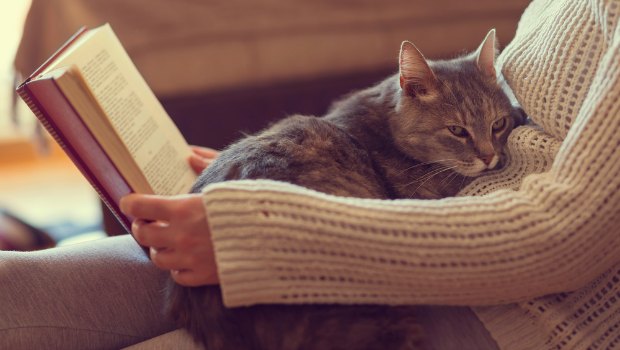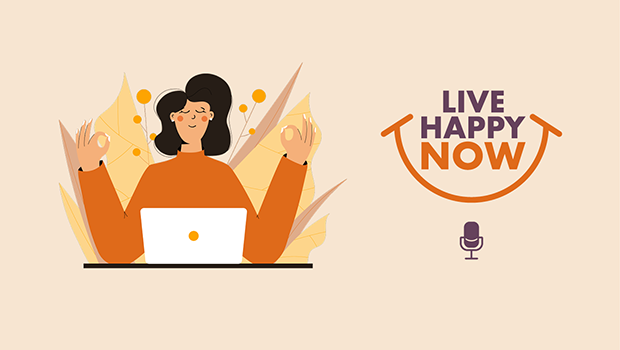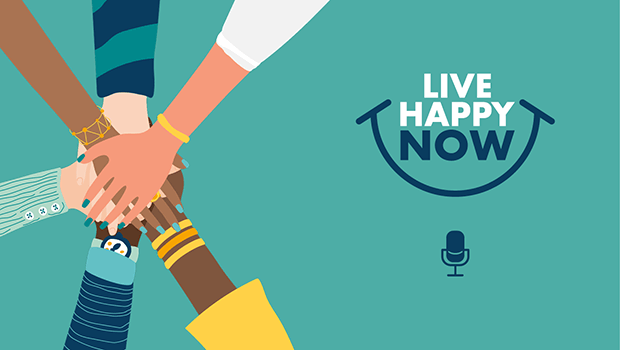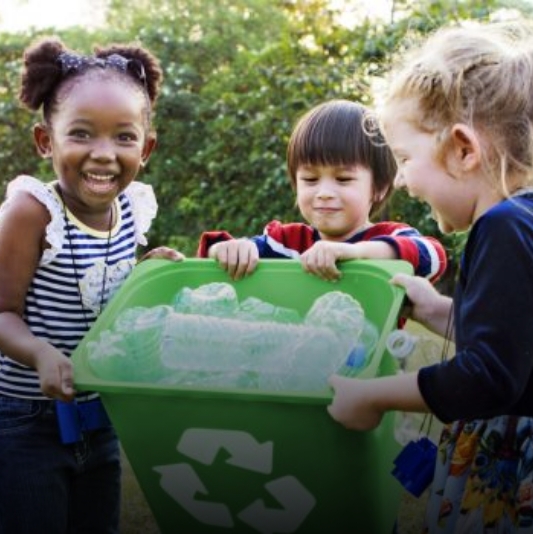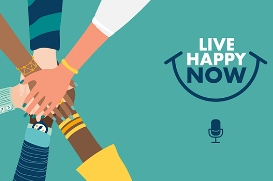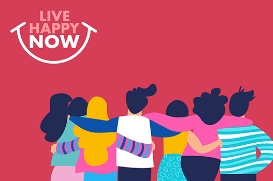Embracing the latest trend in Scandinavian happiness.
It sounds like something you might say after a sneeze. Or a new fermented superfood. But hygge—pronounced HOO-ga—is, in fact, the latest happiness export from Denmark.
Hygge is the subject of more than 20 new books, with titles like Hygge Habits, How to Hygge and the bestselling Little Book of Hygge. There are hygge-inspired cookbooks and even primers to get rid of clutter.
Teapots, knitting kits, macramé wall hangings and especially candles are all being sold with the promise that they are hyggelig. At hyggelife.com you can buy reindeer antlers, deerskin rugs and goatskin throws. And an email for a silk and leather eye mask landed in my inbox with the assurance that “There are no rules. You can hygge alone if you feel like it.”
So, what the heck is hygge?
It’s a concept that doesn’t have a direct English translation. “Coziness” is the word that comes closest. Fuzzy socks might be involved in a hyggelig Saturday, as well as unscented candles, an alpaca blanket, a stew bubbling on the stove and the company of good friends. When you’re immersed in hygge, a calico cat could well be nestled nearby.
Behind the mystery of Danish happiness
Meik Wiking, CEO of the Copenhagen-based Happiness Research Institute and author of The Little Book of Hygge: Danish Secrets to Happy Living, believes that hygge might help answer the question of what makes the Danes so darn happy.
In 2016, Denmark earned the top spot in a ranking of more than 150 counties in the World Happiness Report, the annual survey that the World Happiness Institute conducts to mark the International Day of Happiness. It was the second time in the survey’s four years that Denmark came out on top.
 “Hygge is about an atmosphere and an experience rather than about things,” Meik writes. “It is about being with the people we love. A feeling of home. A feeling that we are safe, that we are shielded from the world and allow ourselves to let your guard down. You may be having an endless conversation about the small or big things in your life—or just be comfortable in each other’s silent company—or simply just be by yourself enjoying a cup of tea.”
“Hygge is about an atmosphere and an experience rather than about things,” Meik writes. “It is about being with the people we love. A feeling of home. A feeling that we are safe, that we are shielded from the world and allow ourselves to let your guard down. You may be having an endless conversation about the small or big things in your life—or just be comfortable in each other’s silent company—or simply just be by yourself enjoying a cup of tea.”
Though it has become the latest lifestyle trend, hygge dates back hundreds of years and originates from the Norwegian word for “well-being.” Alex Beauchamp, who grew up on a small farm in Denmark, now lives in Topanga, California, and blogs at HyggeHouse.com, says that Danes created hygge because they were trying to survive the boredom, cold and sameness of the long Scandinavian winters, where darkness lasts up to 17 hours a day.
“Hygge was a way for them to find moments to celebrate or acknowledge and to break up the day, months or years,” she writes.
With so many cold, dark days, the simple act of a candle glowing with a cup of coffee in the morning or a home cooked evening meal with friends can make a huge difference to one’s spirit.”
There’s a lot worth embracing in hygge. It celebrates tenets of positive psychology like savoring and being in the moment. But even Meik admits that hygge has a dark side, one that includes the Dane’s chilliness to newcomers. Danes are not good at inviting new people into their social circles, he writes, “because it would be considered less hyggelit if there were too many new people at an event.”
Getting too hygge can keep you marooned in your comfort zone. So, by all means light candles (every Dane burns an average of 13 pounds of candle wax a year), bake a rye bread, create a hyggekrog, a nook in your home where you can snuggle up with a blanket and a book. But remember, as Alex says, “Living well is more than organic fruit. Please go out there and do. Live. Don’t be the same as yesterday. Don’t live vicariously online. Don’t hide. … Go outside. Make a difference, make some change.”
Shelley Levitt is a freelance journalist based in Southern California and editor at large for Live Happy magazine.


